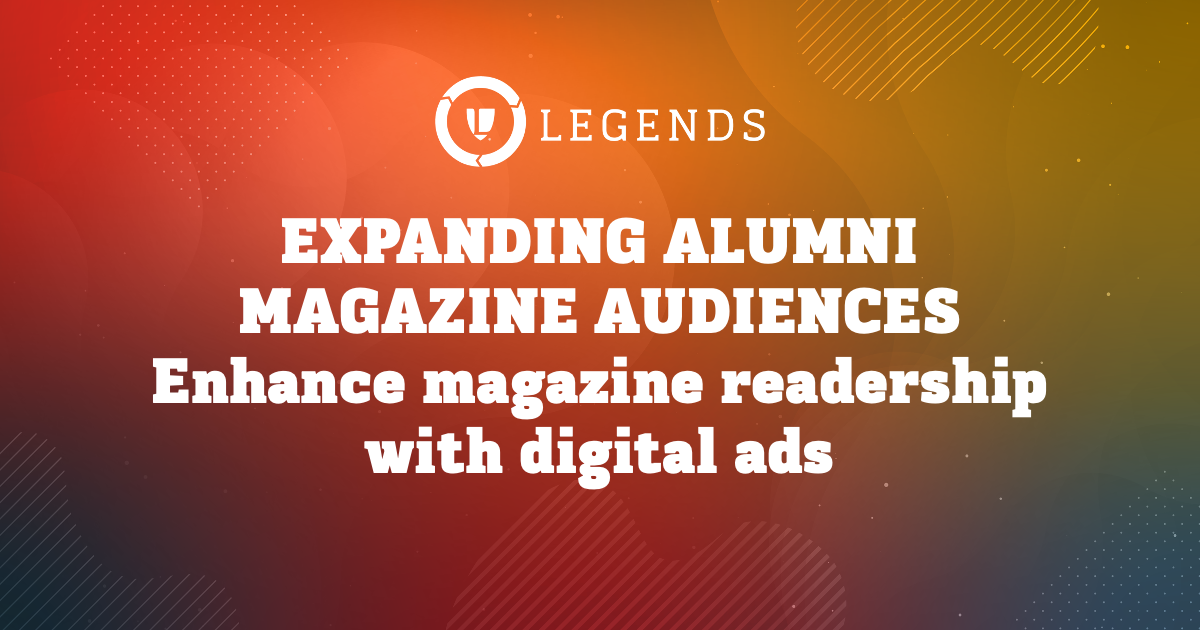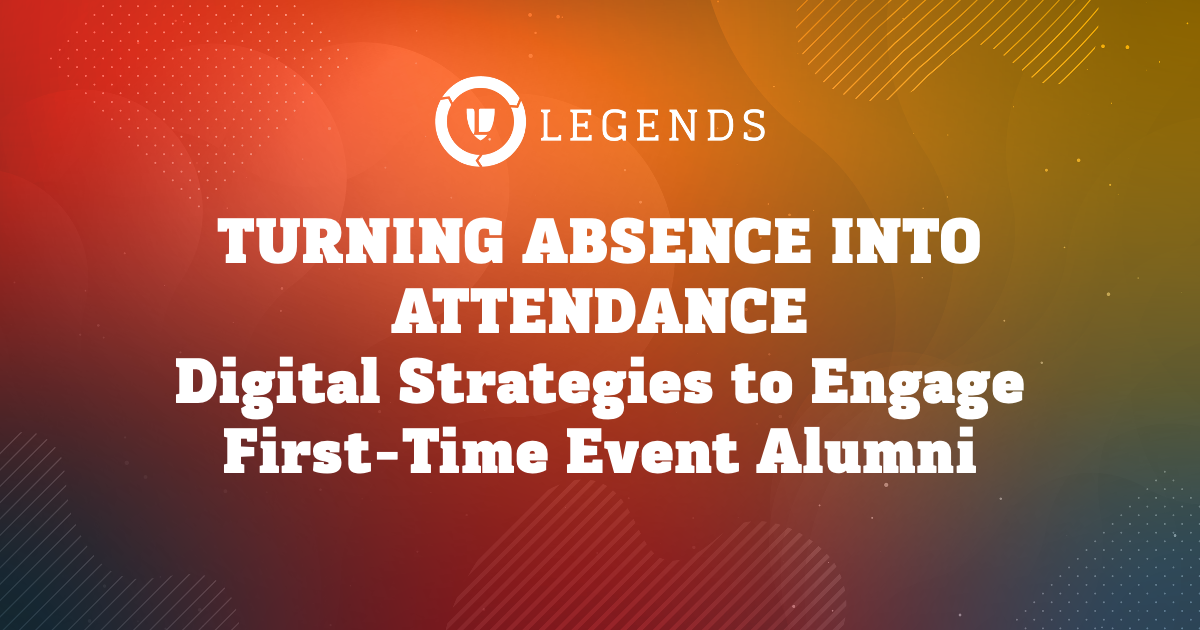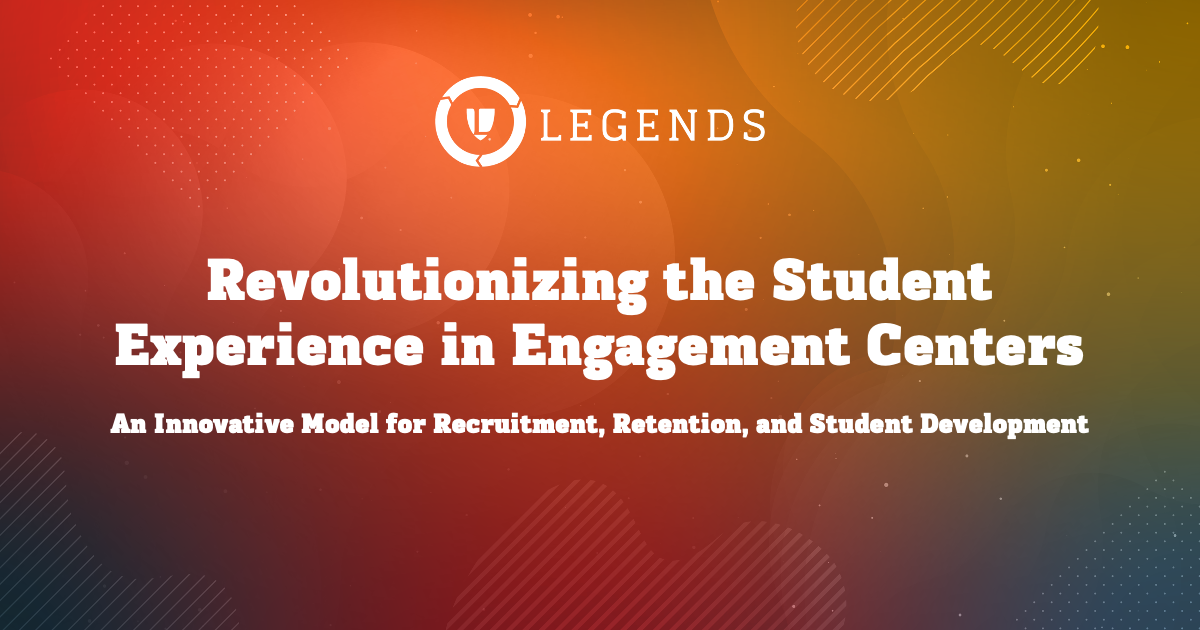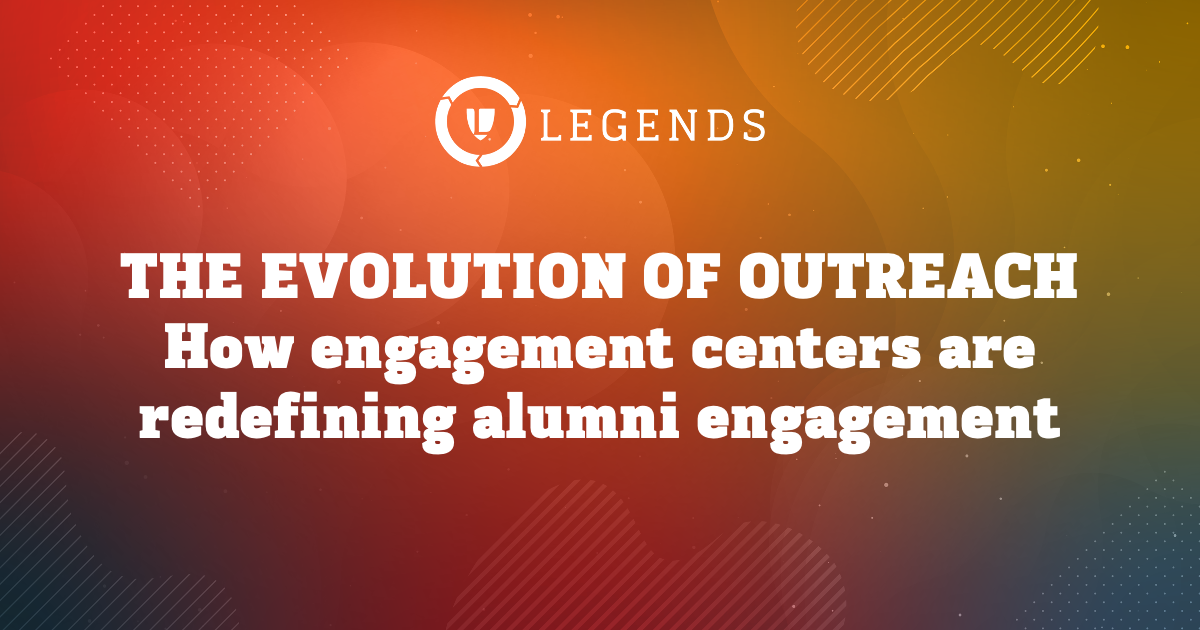Strategies for Connecting with Recent Graduates
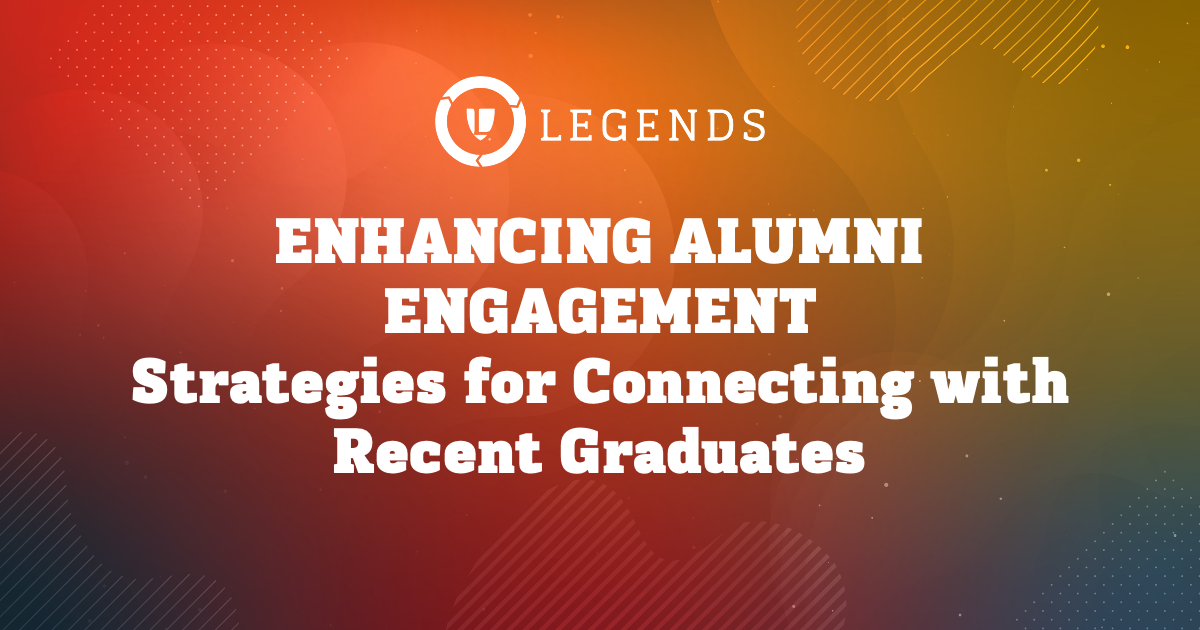
The value of creating strong connections between recent graduates and their alma mater is pivotal in maintaining lifelong connections with alumni. Through personalized outreach methods and highlighting the array of services available, institutions can effectively nurture alumni involvement. In this post, we will share both the strategies and supporting data that shows how effective they are at engaging graduating seniors and fostering a sense of belonging within the alumni community.
Industry wide, strategies should be set in place to ensure the first communication with recent graduates is not a solicitation. Establishing rapport with recent graduates is extremely important for institutions seeking to cultivate a thriving alumni network. To develop a better relationship with your constituents and increase their lifetime engagement and value, your institution must get beyond the perception of being transactional—or only contacting constituents when you’re seeking a donation. One of the key ways to build that relationship is by sharing with graduating seniors about the opportunities for ongoing engagement with the Alumni Association. By leveraging targeted communication and comprehensive support through Engagement Center outreach, universities can facilitate a seamless transition from student to alumnus.
Personalized Outreach
- Utilizing the Engagement Center for 1:1 Outreach: Personalized congratulatory messages via phone calls, voicemails, and text messages enhance the likelihood of engaging graduating seniors. Leveraging multiple communication channels ensures broader outreach and fosters a sense of connection. At a Legends Philanthropy property, data reveals a significant response rate among graduating seniors, with a 16% pick-up rate for phone calls compared to 5% across all alumni populations, and a 14% pick-up rate for those who have graduated between 2020-present.
- Importance of Updating Demographic Information: Ensuring accurate demographic information is vital for effective outreach. Encouraging graduating seniors to update their contact details enables institutions to maintain communication and provide relevant updates post-graduation. By keeping demographic information current, institutions can tailor outreach efforts to individual preferences and enhance the overall alumni experience.
- Harnessing the Power of Phone Communication: Despite the prevalence of digital communication, phone calls remain a powerful tool for engaging younger audiences. Graduating seniors exhibit a higher response rate to phone outreach, making it an invaluable avenue for establishing meaningful connections.
- Strategic Voicemail Campaigns: Compelling voicemails encourage recent graduates to save the Alumni Association’s contact information and explore opportunities for engagement. Voicemail messages serve as an effective means of diversifying communication and expanding outreach beyond solicitation efforts.
- Introducing Text Messaging: Integrating text messaging into 1:1 outreach initiatives enables institutions to capitalize on a burgeoning communication channel. Educating graduating seniors about the Alumni Association’s initiatives via text messages enhances engagement and facilitates ongoing dialogue.
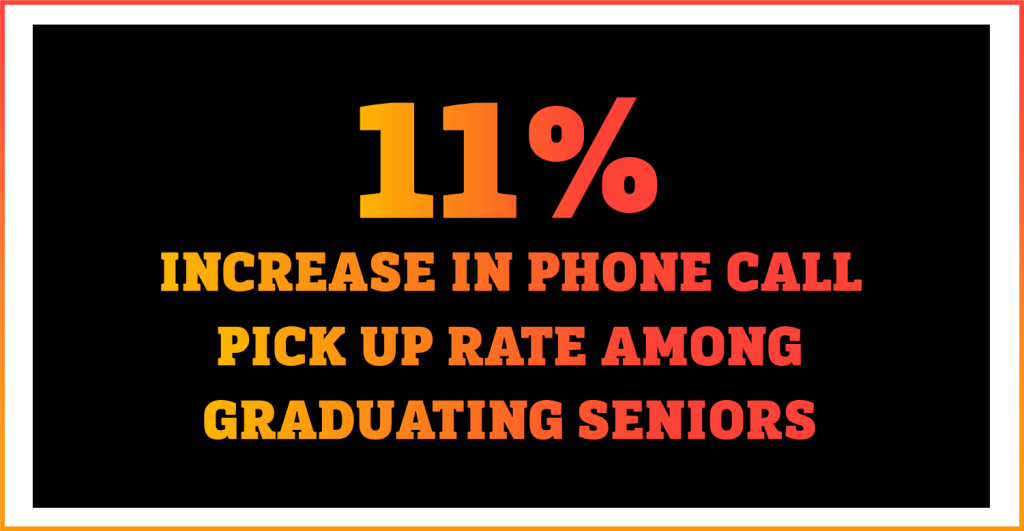
Emphasizing Post-Graduation Engagement:
- Addressing Alumni Association Benefits: Many recent graduates express a desire to stay connected with their alma mater post-graduation, yet may be unaware of the available resources. Institutions should elucidate the myriad benefits of alumni engagement, including access to career services, alumni tours, regional alumni clubs, attending events, and other opportunities that will resonate with recent graduates.
- Highlighting Career Services: Positioning career services as a central component of post-graduation engagement is a leading tactic to help keep graduating seniors engaged with their alma mater as they embark on their job search. Data suggests that 92% of graduating seniors express interest in engaging with the Alumni Association after graduation, compared to an engagement rate of 74% overall.
- Facilitating Alumni Tours: Organizing alumni tours offers recent graduates an opportunity to reconnect with their alma mater and forge lasting bonds with fellow alumni. These immersive experiences foster a sense of nostalgia and strengthen alumni ties to the institution.
- Cultivating Alumni Clubs: Establishing alumni clubs based on shared interests or geographical locations cultivates a sense of community among recent graduates. These clubs serve as hubs for networking, socializing, and professional development, enriching the alumni experience.
- Attending Events: Encouraging recent graduates to participate in events such as game watch parties or webinars fosters continued engagement with the university community. These gatherings provide opportunities for networking, skill-building, and camaraderie, reinforcing the bond between alumni and their alma mater.
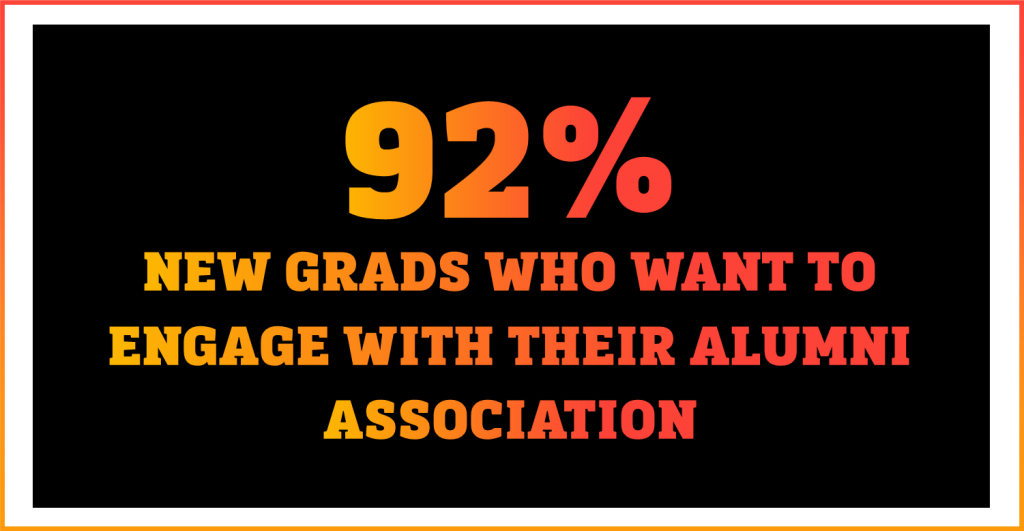
Engaging recent graduates is instrumental in sustaining a vibrant alumni community and fortifying the bond between alumni and their alma mater. By implementing targeted outreach strategies and highlighting the myriad benefits of alumni engagement, institutions can effectively nurture lasting connections with graduating seniors, which will increase overall engagement and lead to a higher likelihood of giving.
—
Through ongoing support and personalized communication, Legends has consistently helped our partners in higher ed cultivate a culture of lifelong affiliation, enriching the alumni experience for generations to come. Connect with us to learn innovative strategies and best practices that ensure every graduate becomes an active, contributing member of your alumni community.
